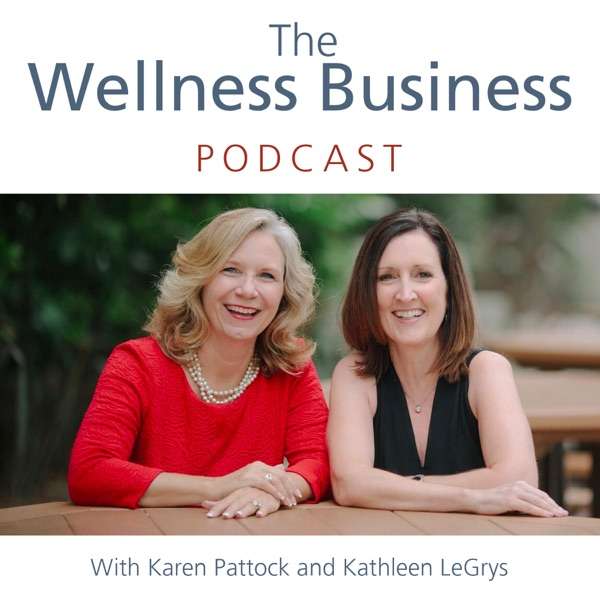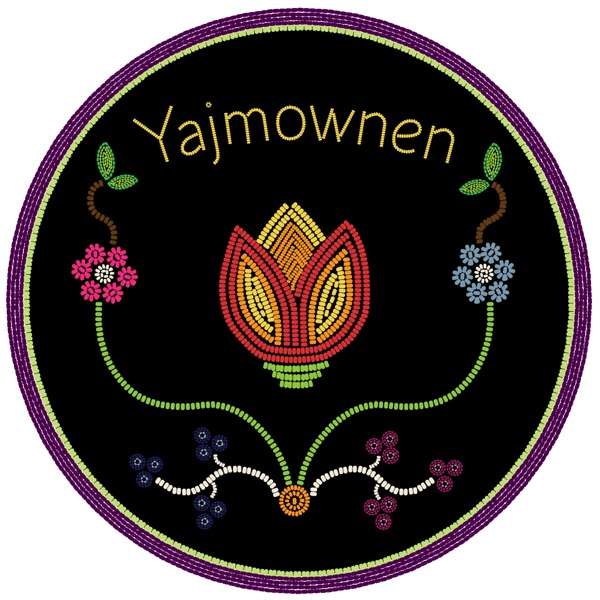Paul Brodie is an artist who works in the medium of steel and machines. It is not just rhetoric: before devoting almost his entire life to steel fabrication—mostly of bicycle frames and reproduction vintage motorcycles—Paul dabbled in line art drawings and even took steps to make more traditional art his career. However, when he discovered his talent for bicycle frames wrought from steel, it wasn’t surprising that he ‘signed’ them—just as you would expect from an artist—starting with frame #002. He has gone on to make well over 4000 frames over the course of his career to this point—each with its own unique serial number. When you look at the precision and the attention to detail present in his work, ‘artist’ makes so much more sense than metalworker.
Paul Brodie founded the company that would become Brodie Bicycles in 1986 which coincided perfectly with the then-emerging phenomenon of the mountain bike. In fact, the first place mountain biking culture landed outside the United States was British Columbia and spawned a generation of frame makers, bicycle manufacturers, champion mountain bikers all of which made an indelible contribution to both cycling and popular culture. Although self-taught, Paul contributed significant engineering innovations to the field including the sloping top tube and the Gatorblade composite front fork. If you take a look at any modern mountain bike there is a little bit of Paul in it. It’s impossible to overstate his influence on the field.
Although he eventually sold the Brodie manufacturing operation and name—it continues as an independent company with an amicable association with Paul. However, there have been other important, professional mountains Paul has climbed since then. Initially, it was as a restorer of rare vintage motorcycles. His restorations were to a standard where, in 1998, his work was exhibited at New York’s Guggenheim in The Art of the Motorcycle exhibition. He then went on to be a manufacturer of extremely limited run, production-quality vintage racing motorbikes. He has a particular fascination with the legendary Excelsior board track racer, of which he will only ever build a total of ten. The results reflect that small number, though: they are impeccable, worthy of display purely as art, and have been sold to collectors around the world.
It turns out that Paul’s connection with the Excelsior goes beyond mere personal interest. He has an almost metaphysical connection with the marque. But for that, you will have to listen to the interview! It’s a twist in the story you simply will not see coming and is utterly fascinating.
Most recently Paul has been teaching Frame Building 101 at the University of the Fraser Valley in Abbotsford, British Columbia. He has run over 50 sessions with students coming from both the local community and around the world. It’s safe to say that Paul’s influence on frame design and construction has now been safely passed to a new generation of frame makers, ensuring his legacy will be preserved for decades to come.
In 2016 Paul published his autobiography, Paul Brodie: The Man Behind Brodie Bikes. It’s a rollicking read and he brings the book life in our interview. In both the book and in our discussion Paul claims to have not thought through his career path through well in advance. However, he made his first bike frame at the age of 12 and continues to make them better part of 50 years later. It’s the touchstone to which he has returned time and time again over the course of his life. It’s been a tough, challenging road at times, but Paul Brodie demonstrates a passion for craft and an enthusiasm for the subject which is inspiring and positively infectious. It was hard to pack it all into an hour but we believe you will find it is the story of a life well lead and with so much more yet to come.
Thanks for listening!
* * *
We conducted our interview with Paul Brodie on a warm spring evening at his compact but exquisitely well organized fabrication shop located near his home in Langley, British Columbia.
Paul is also a keeper of prized peacocks with their coop located immediately adjacent to his shop. Their comical ‘voices’ appear regularly throughout the interview in addition to a few other intriguing background sounds. We think that leaving them all in really captures the ambiance of that evening. Conducting the interview in his shop also meant being amongst Paul’s ongoing fabrication projects—certainly one of the cooler places to do a remote setup. Our Instagram feed has a number of the images from the evening as well as other unique material.
You can also find this interview on Apple Podcasts. Also, we welcome your comments below and if you like what you've heard, please share with your social network.
©2017 The WorkNotWork Show

 Our TOPPODCAST Picks
Our TOPPODCAST Picks  Stay Connected
Stay Connected







